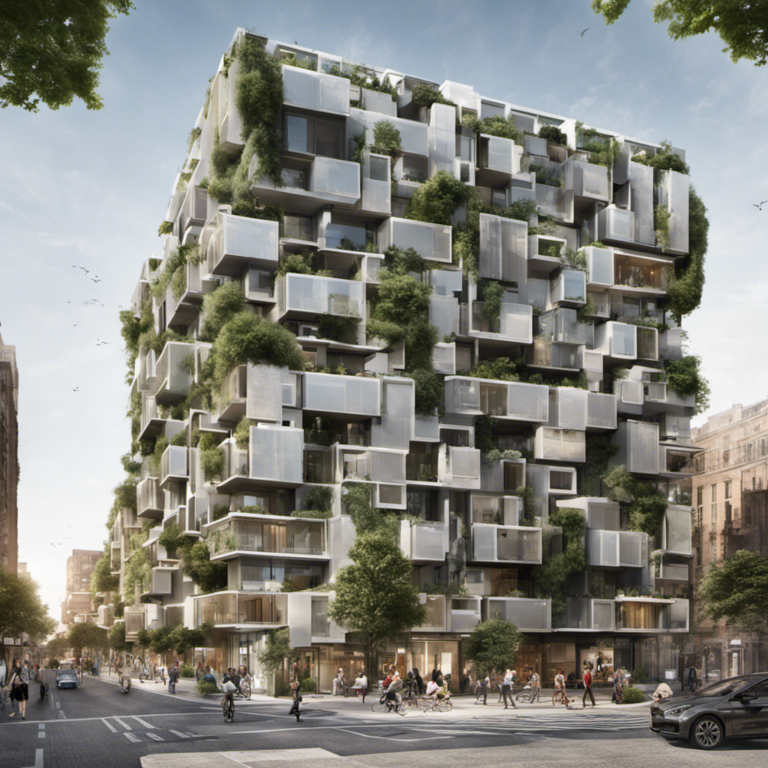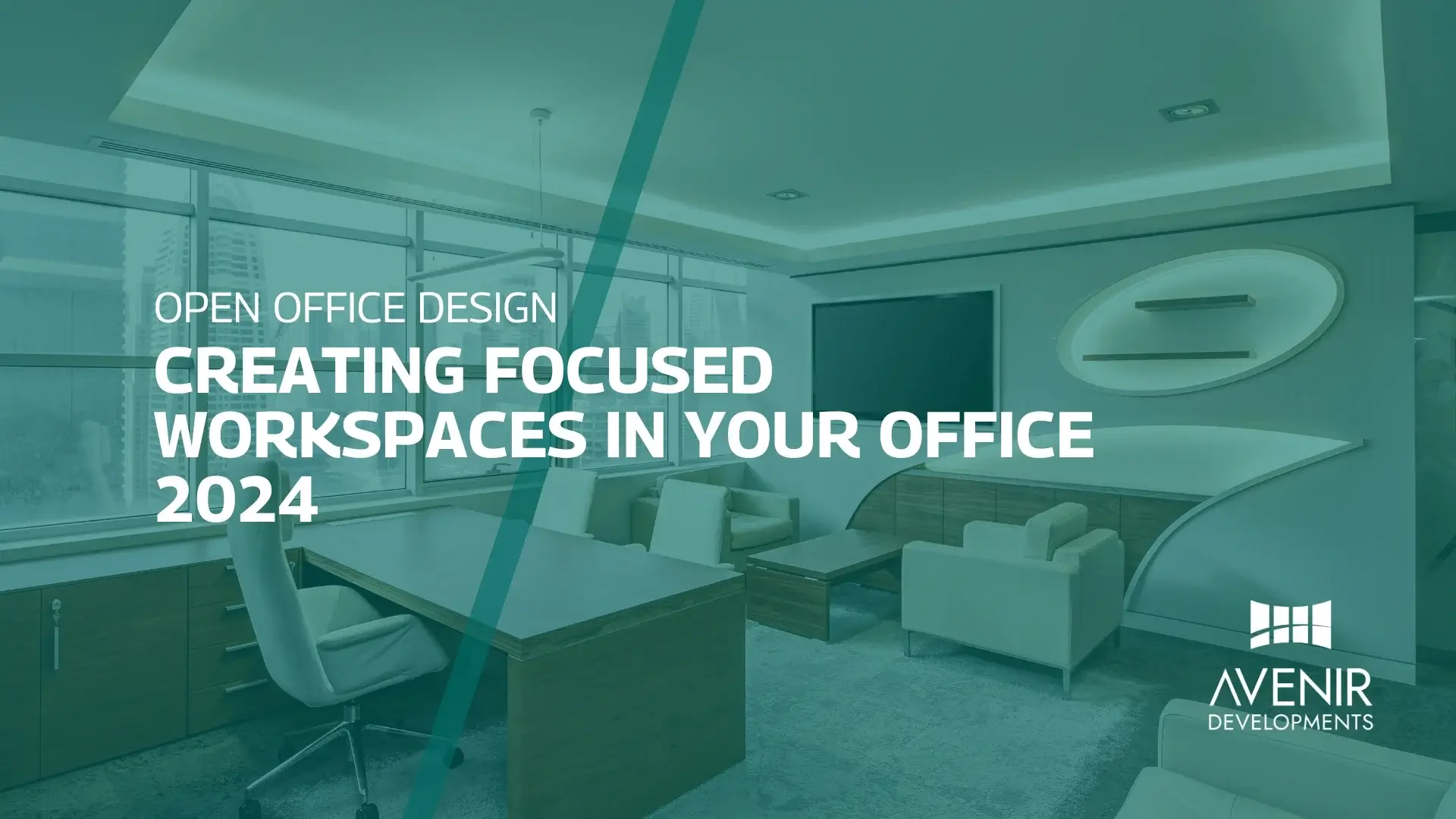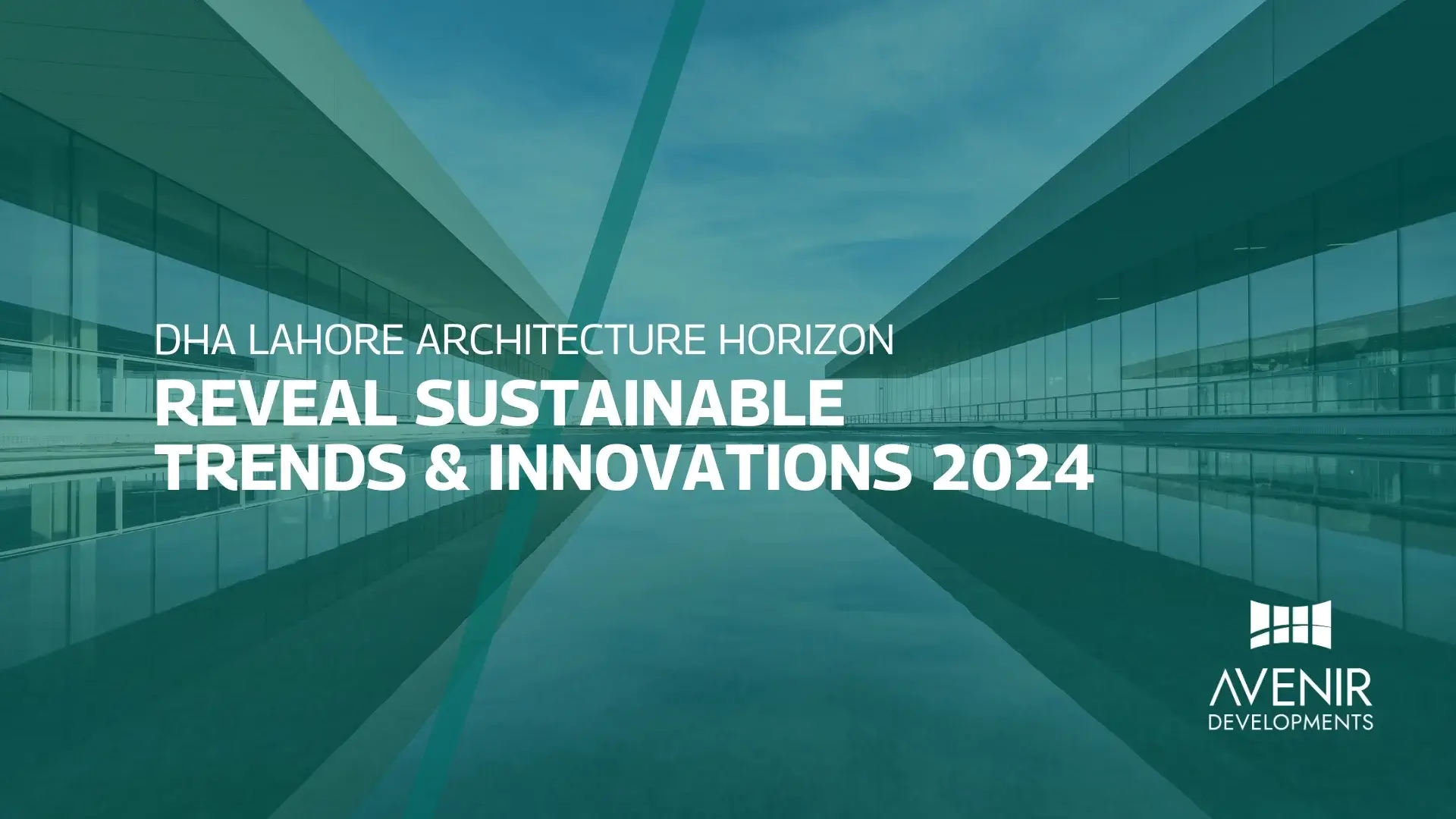Islamabad! The city of breathtaking beauty, a captivating blend of modern architecture and rich history. But let’s be honest, navigating the city can sometimes feel like a game of dodging cars and squeezing through narrow streets. Remember that time you got stuck in rush hour traffic on Faisal Avenue, wishing there was a sidewalk you could actually walk on? Now, compare that to a stroll down a charming street in F-7/1, lined with cafes, trees, and a sense of community. It’s the stark difference in urban block design that truly impacts our daily lives.
This got me thinking: what if our city blocks could be more than just concrete grids? What if they could be designed to foster a sense of well-being, encourage interaction, and create a more sustainable future for Islamabad? Buckle up, folks, because we’re diving deep into the world of urban block design, a revolution waiting to happen in our very own city!
Demystifying Urban Block Design: From Basics to Significance
Urban block design, at its core, refers to the arrangement of buildings, streets, and open spaces within a city block. It’s the blueprint that defines how we experience our urban environment.
Historically, city blocks have evolved based on various factors. Early cities often featured organic layouts, adapting to natural topography. Later came the rigid grid system, popularized by the Romans and still dominant in many modern cities. However, this one-size-fits-all approach often prioritizes car traffic over people, leading to a disconnect between residents and their surroundings.
That’s where the significance of contemporary urban block design comes in. It’s about moving beyond outdated models and creating blocks that are:
- People-centric: Prioritizing pedestrian-friendly walkways, green spaces, and mixed-use developments that encourage interaction and a sense of community.
- Sustainable: Incorporating elements like rainwater harvesting, permeable surfaces, and green roofs to mitigate the urban heat island effect and promote a healthy environment.
- Livable: Designing blocks that cater to residents’ needs by including essential amenities like schools, parks, and shops within walking distance.
Reimagining the Islamabad Streetscape: Trends and Innovations
Islamabad is slowly recognizing the importance of innovative urban block design. Initiatives like the Islamabad Regeneration Plan (IRP) [source needed], spearheaded by the Capital Development Authority (CDA), aim to create walkable, mixed-use neighborhoods, particularly in older sectors. Here are some exciting trends driving this transformation:
- Complete Streets: This approach advocates for streets designed for all users – pedestrians, cyclists, motorists, and public transport. Imagine wider sidewalks, dedicated bike lanes, and traffic calming measures, making Islamabad’s streets safer and more accessible for everyone.
- Pocket Parks and Green Infrastructure: Integrating green spaces into urban blocks is crucial. Pocket parks scattered throughout neighborhoods provide much-needed breathing room, while green roofs and vertical gardens can improve air quality and aesthetics. A recent news report [source needed] highlighted the CDA’s pilot project for rooftop gardens in select sectors, which is a step in the right direction.
- Mixed-Use Development: Imagine a world where you can live, work, shop, and dine all within a short walk. Mixed-use developments are gaining traction, creating vibrant urban blocks that cater to a diverse range of needs. The upcoming [insert a specific mixed-use project in Islamabad] project exemplifies this trend, offering a holistic and convenient living experience.
Frequently Asked Questions (FAQs) about Urban Block Design
Q: Won’t rethinking urban block design disrupt the existing infrastructure?
A: Not necessarily. Revitalization can be done in phases, focusing on specific sectors and incorporating existing infrastructure where possible.
Q: Is this just for new developments? Can existing neighborhoods be improved?
A: Absolutely! Techniques like adding green spaces, improving sidewalks, and creating pedestrian zones can be implemented in existing neighborhoods to enhance their livability.
Q: What are the benefits of well-designed urban blocks?
A: The benefits are numerous: improved public health, increased social interaction, reduced traffic congestion, and a more sustainable environment. A study by the World Health Organization [source needed] found that walkable neighborhoods can significantly decrease the risk of chronic diseases like obesity and heart disease.
Your Guide to Reimagining Urban Living: Tips & Insights
As a long-time Islamabad blogger, I’ve seen firsthand how the city’s design affects its residents
- Engage with your local CDA council member: Voice your concerns and suggestions regarding the design of your neighborhood. The CDA actively seeks public input, so make your voice heard!
- Support initiatives promoting walkability and cycling: Join community groups or advocacy campaigns pushing for car-free zones, improved pedestrian infrastructure, and dedicated cycling paths.
- Embrace the green revolution: Plant trees in your own garden, support initiatives for rooftop gardens in your neighborhood, and encourage local businesses to incorporate sustainable practices.
- Think outside the box: Organize community events like block parties or walking tours to showcase the benefits of a vibrant, people-centric neighborhood.
Conclusion: Let’s Reimagine Islamabad, Together!
By embracing innovative urban block design, we can transform Islamabad into a city that thrives on social interaction, fosters a healthy lifestyle, and prioritizes environmental sustainability. It’s not just about aesthetics; it’s about creating a city that works for its people, now and for generations to come.
This revolution won’t happen overnight, but with each resident’s voice raised and each small step taken, we can pave the way for a more livable, sustainable Islamabad.
Ready to take action? Avenir Developments, a world-class architecture, interior design, and property development company, is at the forefront of creating innovative urban living solutions in Islamabad. Contact Avenir Developments today on WhatsApp or Call +923001101103 to discuss how their expertise can help you design or build your dream home within a thriving, well-designed urban block. Together, let’s reimagine the future of Islamabad, one block at a time!







